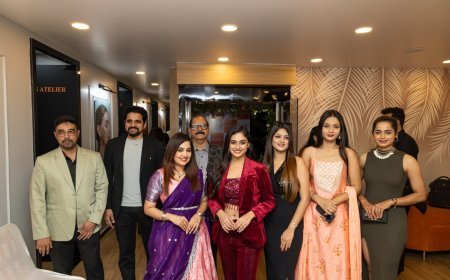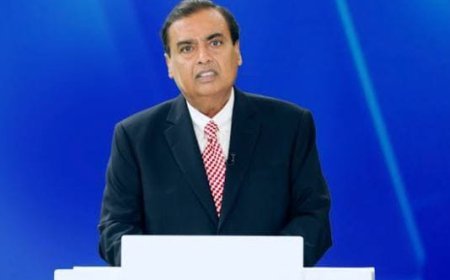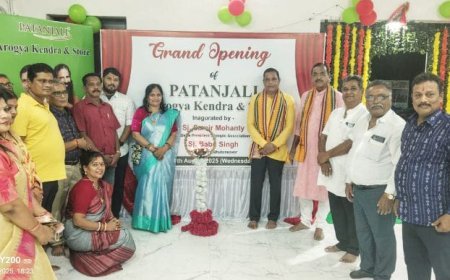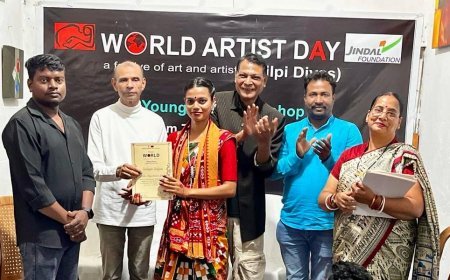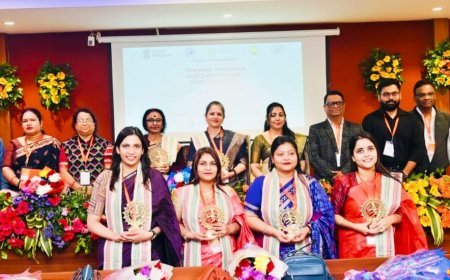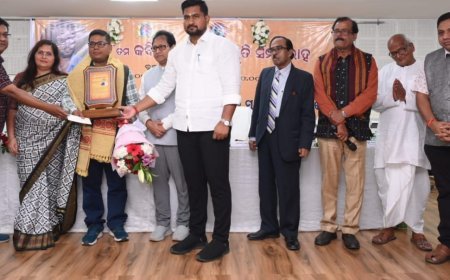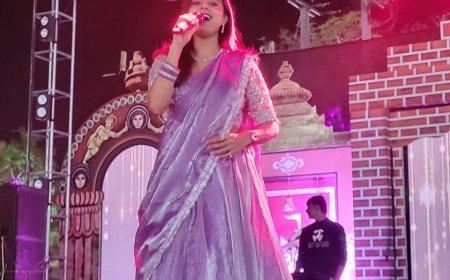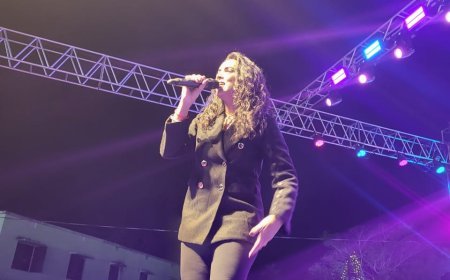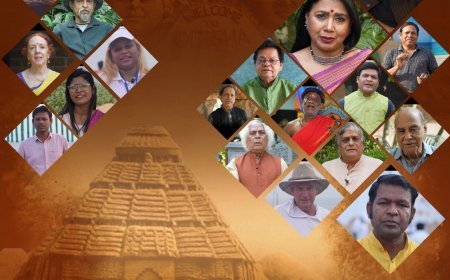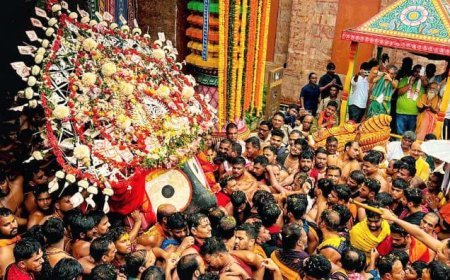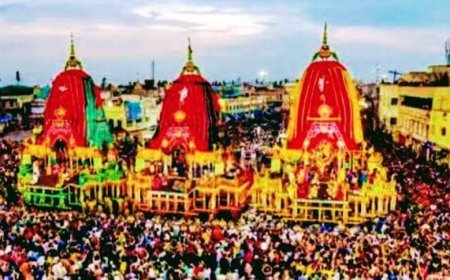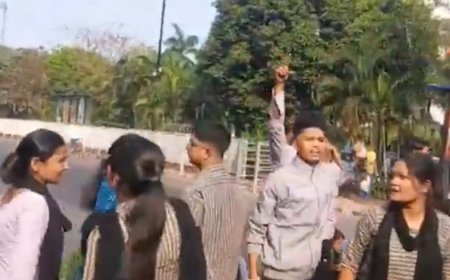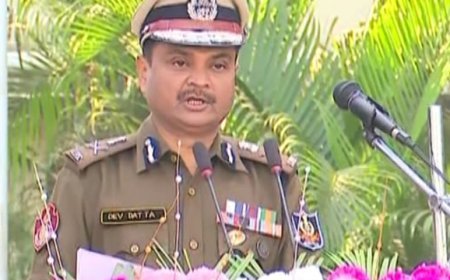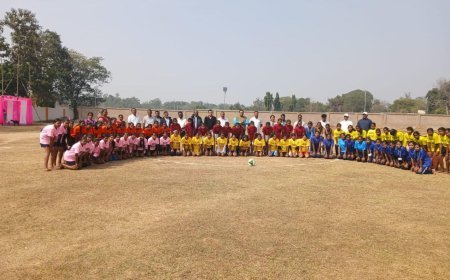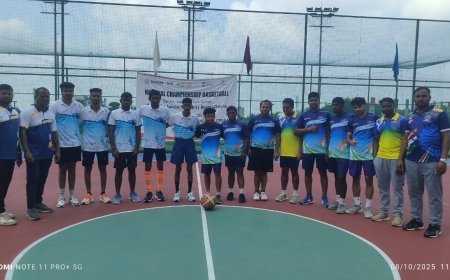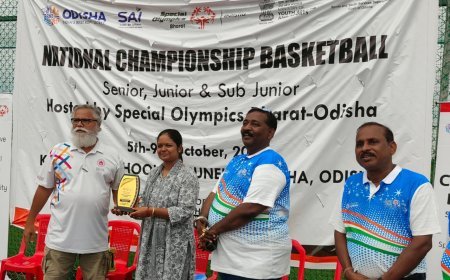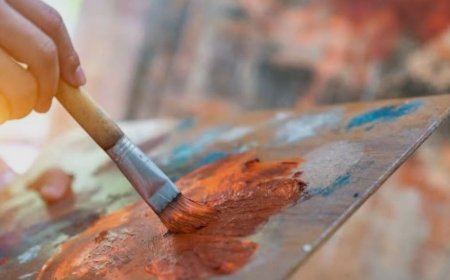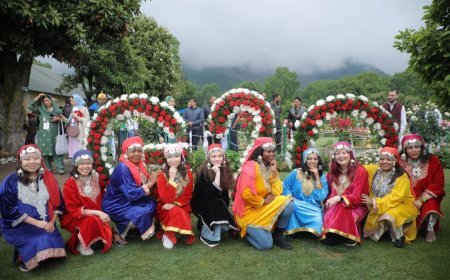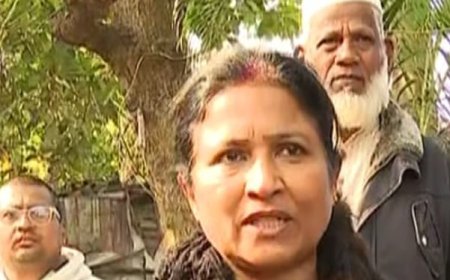"Gotipua Dance: The Predecessor of Odissi and a Living Cultural Heritage"
Culture & Tradition
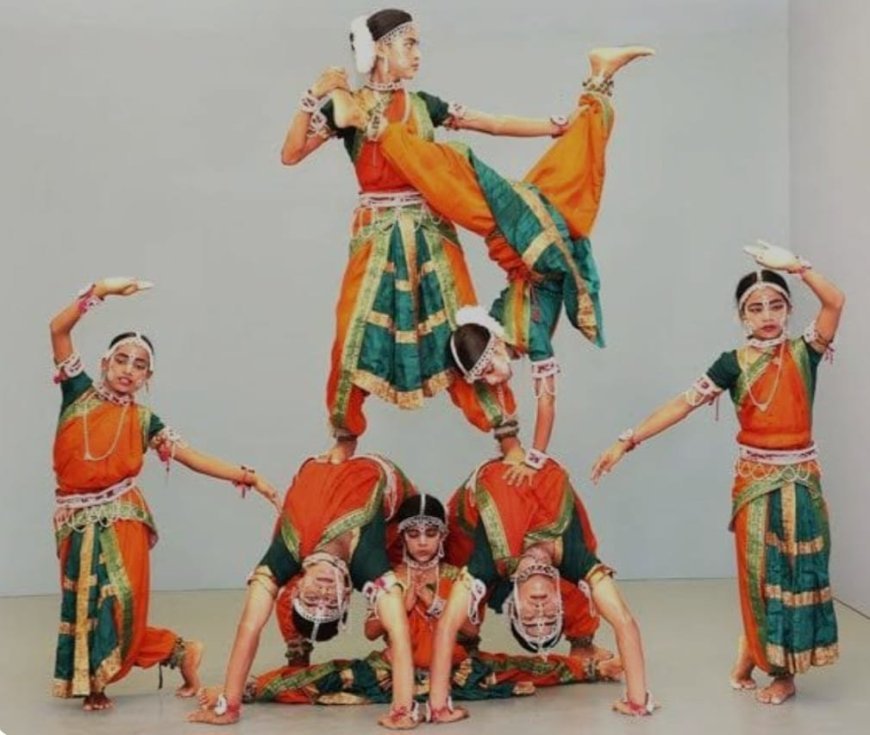
Sanjay Bhatt
Odisha, a land steeped in art and tradition, is home to several classical and folk dance forms that reflect its rich cultural heritage. Among these, Gotipua stands out as a mesmerizing dance form that has been performed for centuries, serving as the precursor to the celebrated Odissi dance. Performed by young boys dressed as female dancers, Gotipua is a unique and vibrant art form that continues to thrive in Odisha, keeping alive an ancient legacy of devotion, grace, and storytelling.
Origins and Evolution
The word Gotipua is derived from two Odia words: Goti (single) and Pua (boy), signifying a boy dancing solo. This tradition dates back to the 16th century, during the Bhakti movement when temple devadasis (female dancers dedicated to temple rituals) were gradually disappearing. To continue the tradition of dance as an offering to Lord Jagannath, young boys were trained to take on female roles. Over time, this evolved into Gotipua, which flourished under the patronage of King Ramachandra Dev I of Puri and other rulers of Odisha.
Although Gotipua is distinct from Odissi, it shares several similarities in terms of postures, hand gestures (mudras), and expressions. In fact, many of the techniques and movements seen in Odissi today were originally developed in Gotipua.
The Aesthetics and Costumes
One of the most striking aspects of Gotipua is the transformation of young boys into graceful female dancers. Their elaborate costumes and makeup create an illusion of femininity, capturing the essence of divine beauty and devotion.
Attire: Dancers wear a brightly colored "Kanchula" (blouse) and a pleated "Nibiandha" (draped cloth), resembling a sari.
Jewelry & Ornaments: They adorn themselves with silver jewelry, nose rings, anklets, and floral decorations.
Makeup: Faces are painted with natural colors, and the expressive eyes are highlighted with kohl to enhance their Abhinaya (expressive storytelling).
Hair: Tied in a bun and decorated with flowers, the hairstyle adds to the feminine grace of the performers.
Movements and Techniques
Gotipua dance is known for its acrobatic movements, intricate footwork, and expressive storytelling. Some of its signature elements include:
Bandha Nrutya (Acrobatic Poses): Dancers showcase remarkable flexibility and strength by performing yogic postures and gymnastic stances.
Abhinaya (Expression): Like Odissi, Gotipua relies on facial expressions and hand gestures (mudras) to narrate stories from Hindu epics like the Ramayana and Mahabharata.
Rhythmic Footwork: The dancers move in synchronization with the beats of traditional Odia music, often accompanied by Mardala (percussion), Harmonium, Flute, and Cymbals (Manjira).
Themes and Repertoire
Gotipua performances often center around devotional themes, particularly the love stories of Lord Krishna and Radha. The songs, written in Odia and Sanskrit, are infused with Bhakti Rasa (spiritual devotion), portraying Radha’s longing, Krishna’s mischief, and the divine connection between the two.
Additionally, Gotipua dancers perform stories of Durga, Lord Jagannath, and episodes from the Puranas, blending Nritya (pure dance) and Natya (dramatic expression) seamlessly.
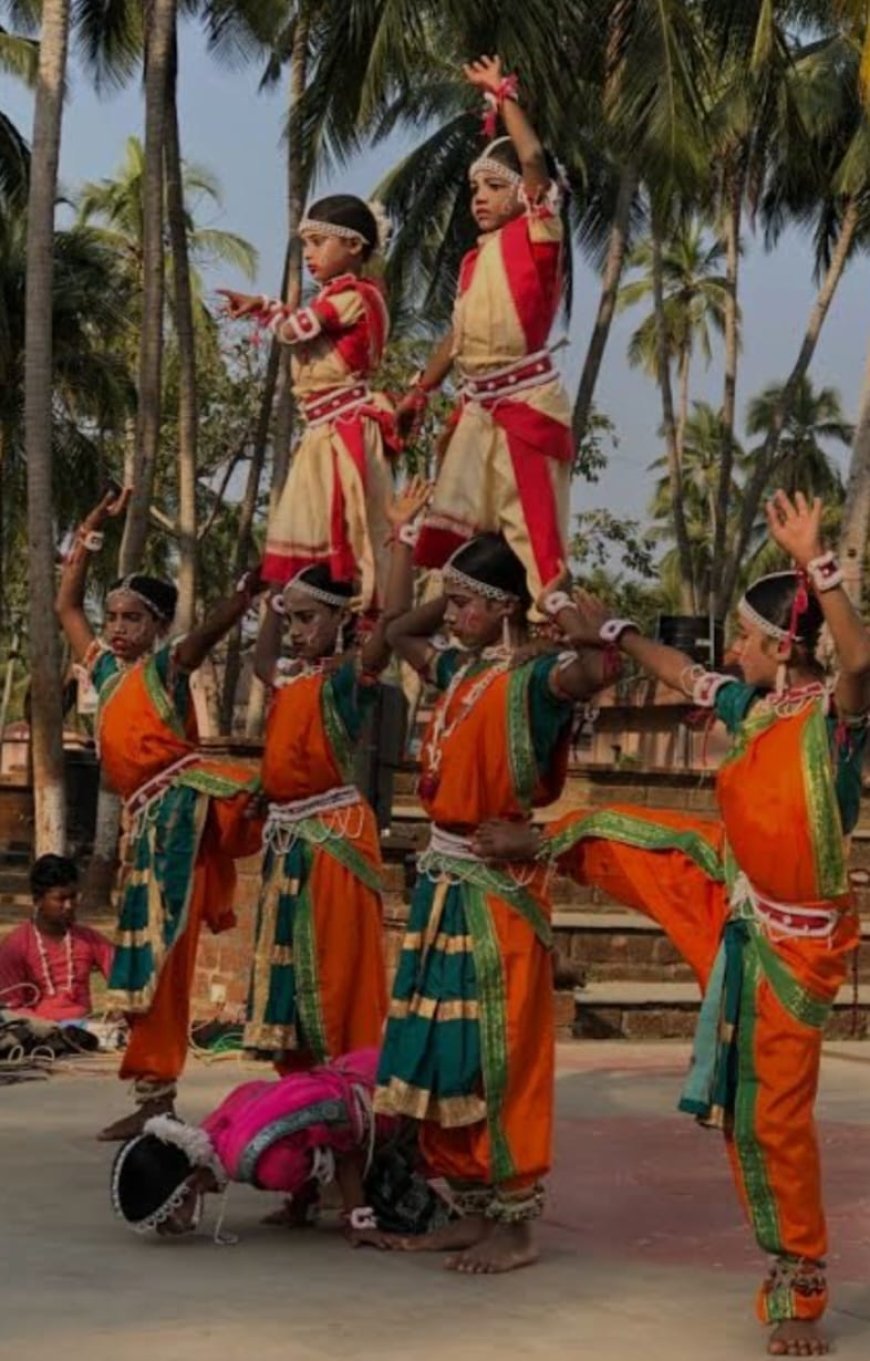
Training and Preservation
Gotipua dance is primarily taught in traditional Gurukul systems where young boys, typically aged 4 to 14, undergo rigorous training under the guidance of a Guru. The Raghurajpur Heritage Village near Puri is one of the most well-known centers for Gotipua training, preserving this art form for future generations.
However, with changing times and modernization, Gotipua faces challenges in terms of dwindling patronage and the physical demands of the dance, which makes long-term practice difficult for many dancers. Fortunately, cultural organizations and the Odisha government are taking initiatives to promote Gotipua through festivals, workshops, and international performances.
Conclusion
Gotipua is not just a dance form; it is a living tradition that carries the spiritual and artistic essence of Odisha. As the precursor to Odissi, it has played a crucial role in shaping Indian classical dance. Its blend of devotion, storytelling, and acrobatics makes it a mesmerizing spectacle, keeping alive the rich heritage of Odisha’s temple traditions. With continued efforts in training and promotion, Gotipua will continue to inspire and captivate audiences worldwide, preserving its divine legacy for generations to come.




